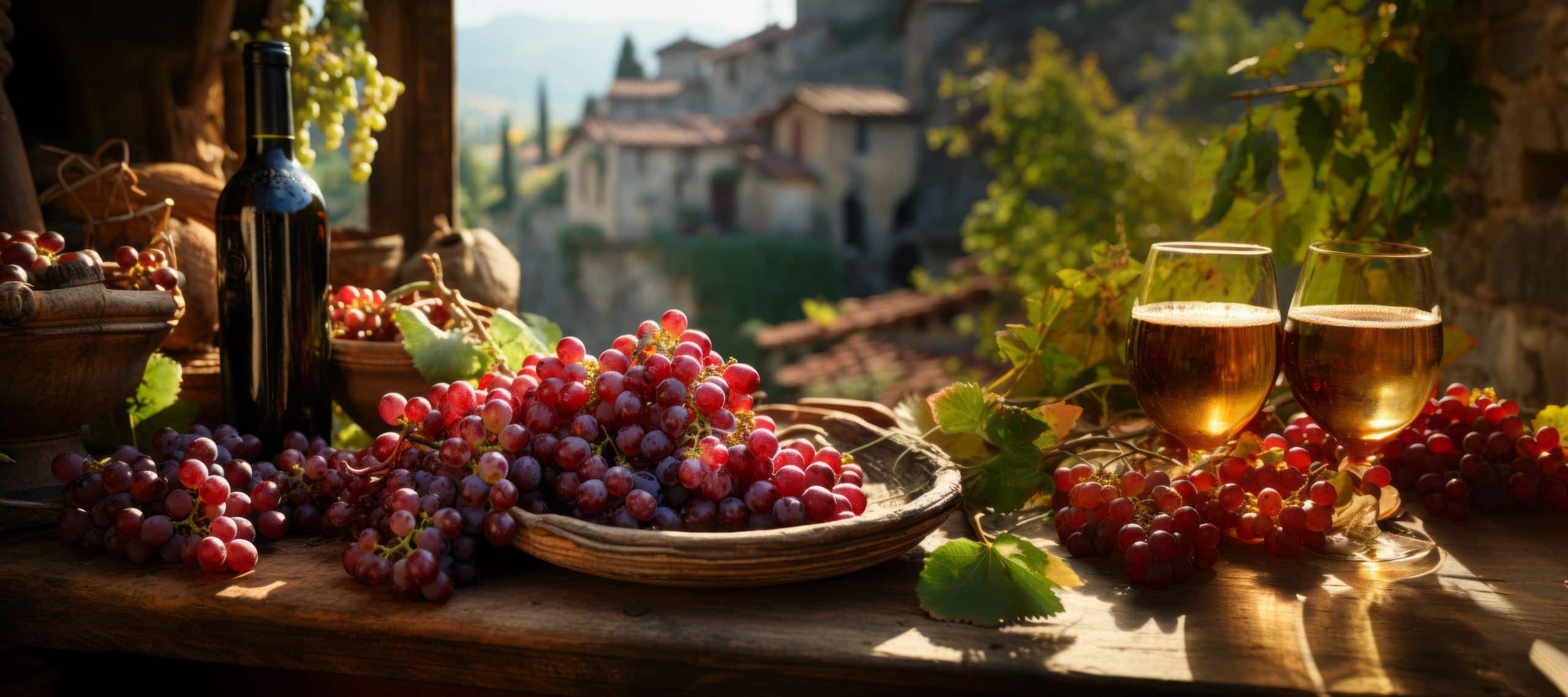
Contents
Why decant a wine?
Decanting is not an absolute rule. It all depends on the wine being served and its age. He is recommended for young, powerful wines.
The carafing technique consists of decanting the wine to oxygenate it. By leaving it to rest, aeration allows the aromas of young wines to be fully revealed and softened.
Decanting a Bourgogne Blanc
Henri Jayer, a great Burgundy winemaker, used to say: “a great Burgundy should be drunk young and last for decades”.
Generally speaking, white wines rarely need to be aerated to reveal their full taste potential. However, long-keeping whites such as the best Burgundy crus, especially from the Côte de Beaune, can be decanted when young to release their aromas.
These are powerful, complex, barrel-aged wines made from Chardonnay grapes, and are particularly aromatic. Decant the wine to attenuate the woody notes associated with its ageing in wood. Generous and full-bodied, by airing them out, they reveal all the depth of their character.
What about Bourgogne Rouge?
Burgundy red wines are made from Pinot noir grapes. This grape variety, more fragile than the others, oxidizes very quickly in contact with air. It produces light, less tannic wines that don’t necessarily need to be softened.
It’s best to taste Pinot noir before decanting, because if the wine already seems expressive and pleasant, it’s best to aerate it in the glass. Alternatively, decant for twenty minutes or so.
Great, advanced Burgundies are almost never decanted, as they are prone to spoilage. After years of resting in a cellar, oxygenating them could give them a shock.
We prefer to decant it. To do this, simply let it stand vertically for 24 hours before tasting, so that the deposits fall to the bottom of the bottle.




